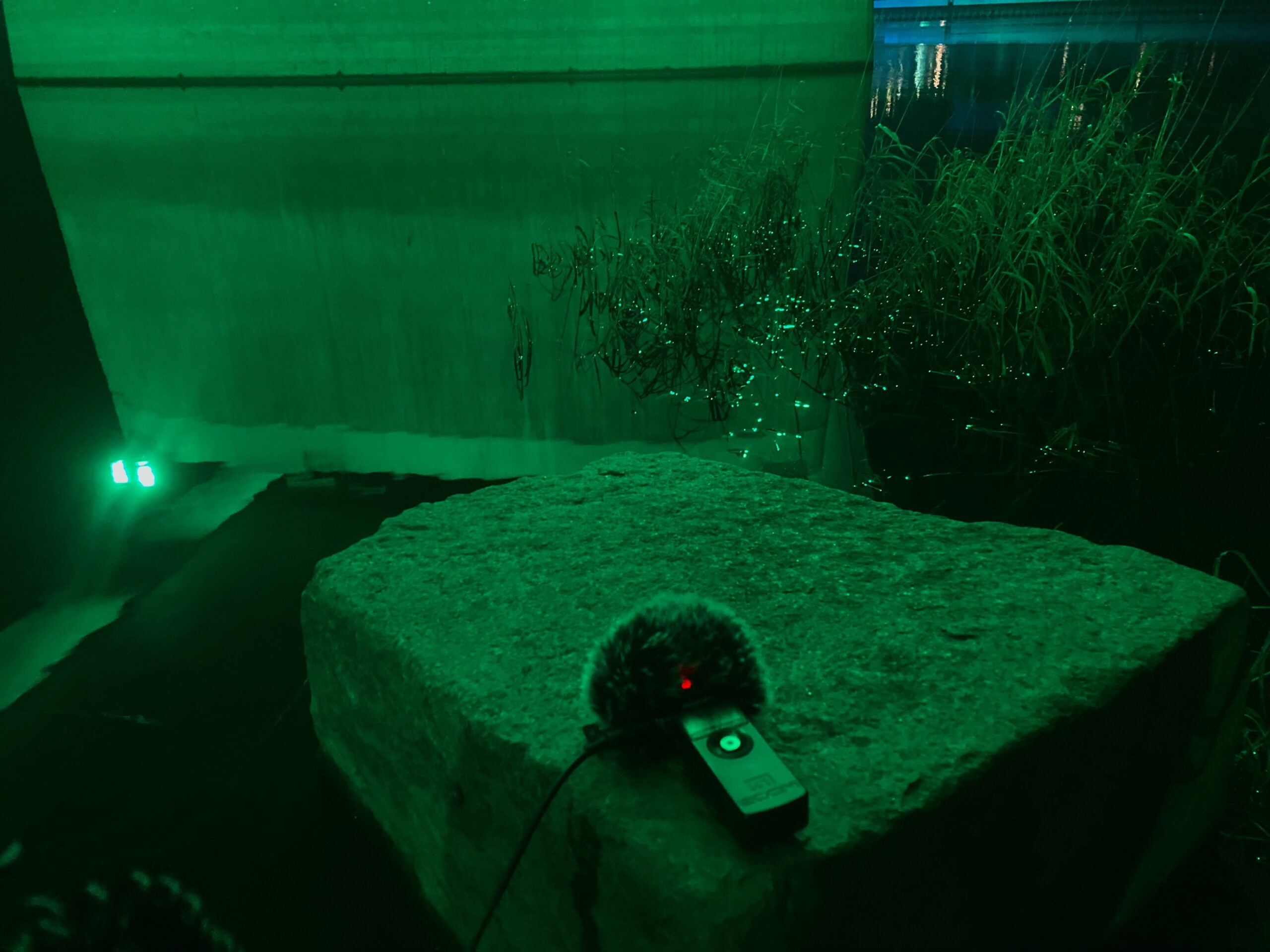by Olga Łojewska
While interviews with the workers allow us to better understand the experience of commuting, focusing solely on the narratives creates a blind spot when it comes to grasping the spatial dynamics spurred by mobility. In this context, I propose examining the spatial embeddedness of infrastructure and its spatial implications through sound.
Attuning to the sonic dimensions of place forces us to go beyond artificially imposed boundaries. As Jacek Smolicki (2023, 188) observes, “[w]hile locally expressed and affective, soundscapes are global constructs. Our perception attempts to piece them together.” By exploring a place through sound, we encounter the impossibility of considering it as bounded and stable, revealing the dispersed onto-epistemology of the soundscape and, consequently, the space it is a part of. Sound reveals what a place is made of and how its elements — infrastructures, ideologies, bodies — relate to one another socially, politically, economically, and culturally (Kanngieser, 2016).


